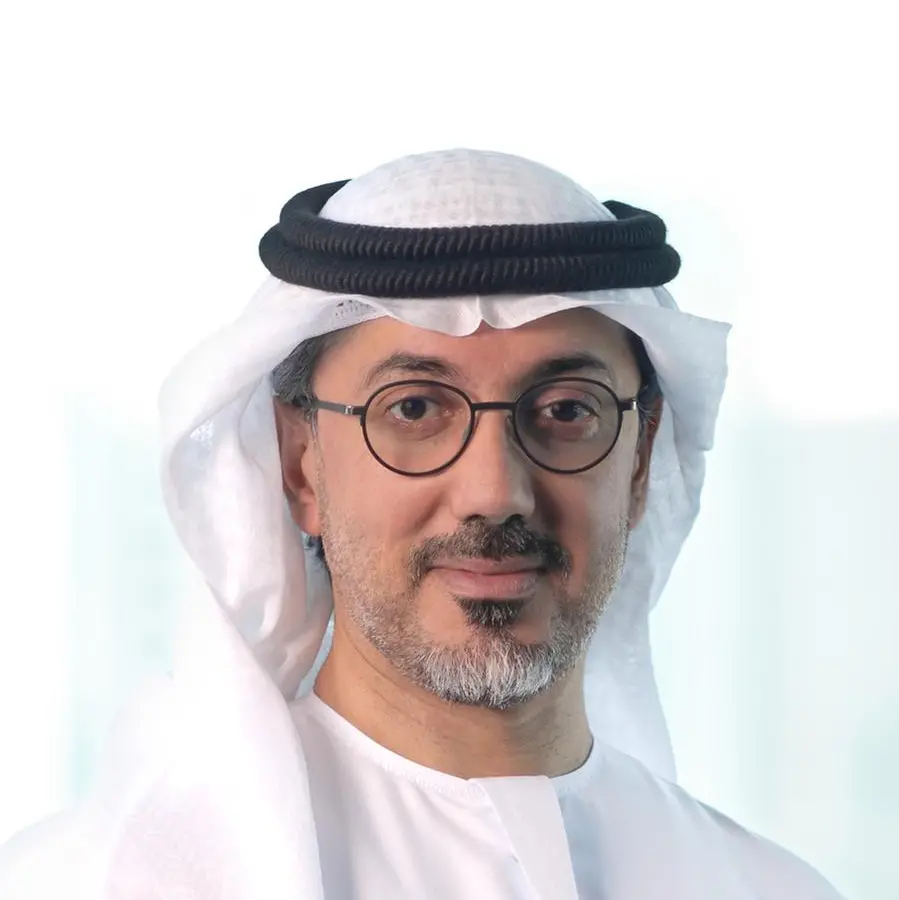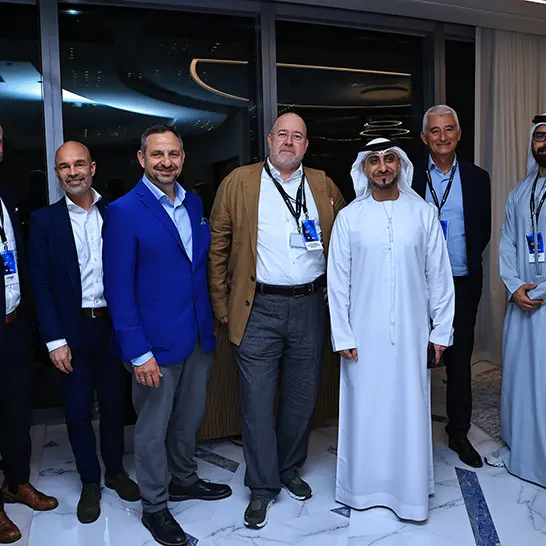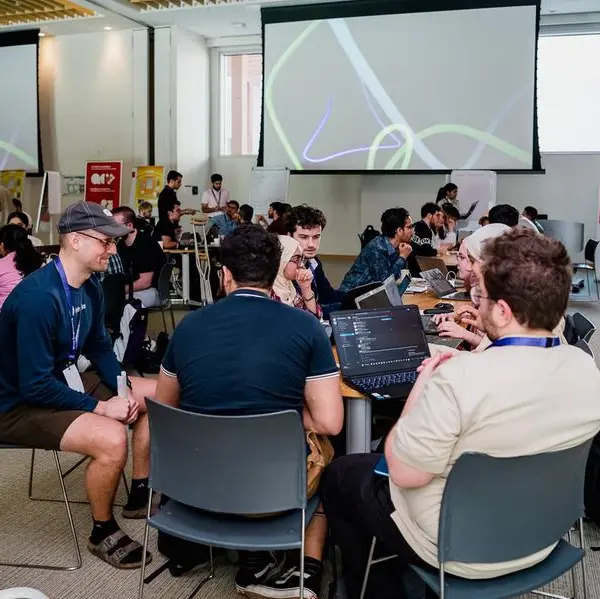PHOTO
The Airtel and The Economic times Global Business Summit was held on 16th-17th January 2015 at Taj Palace, New Delhi, India. Dr. R. Seetharaman, CEO of Doha Bank participated in the Panel session "Redefining India: Unlocking the Nation's potential" and on the Strategic Round table "Banking and Investment reforms to boost economic growth" on 17th January 2015.
Speaking at the Panel session Dr. R. Seetharaman gave insight on Indian economy. He said "IMF Oct outlook states India is expected to grow at 5.6 percent in fiscal year 2014-15 and 6.4 percent in fiscal year 2015-16. India's GDP grew at 5.3 percent in July - Sept 2014. India's consumer price inflation (CPI) rate was at 5 percent in December 2014. The current account deficit eased to $32.4 billion, 1.7 percent of GDP in fiscal year 2013-14 .For 2014-15, it is expected to be $39 bn, 2.2 percent of GDP.India's fiscal deficit during the 2013-14 fiscal was 86.08 billion or equivalent to 4.5 percent of GDP. The target for 2014-15 is 4.1 percent of GDP. In a surprise move RBI cut interest rates by 25 Basis points recently yielding to signs of slowing inflation, while acknowledging government efforts to contain the fiscal deficit. Monetary and fiscal policy should be aligned to enable India's growth."
Dr. R. Seetharaman highlighted the FDI and remittance trends of India He said "FDI inflows into India from April to Oct 2014 has surged by 26 percent to $17.34 Billion when compared to same period previous year. Power sector attracted $486 million and Construction development attracted $ 645m. India had attracted $28bn FDI in 2013. India's 2014 Budget opened up the railway infrastructure segment for foreign direct investment. In Oct 2014 in a boost to cash-starved real estate industry, the government relaxed rules for FDI in the construction sector. India needs to attract more FDI in its infrastructure and require strong regulatory framework where laws and contracts are to be properly enforced; rights and responsibilities are well defined. GCC remained the largest source of remittances to India in 2013 accounting for 35 per cent of the total remitted amount of $71 billion in 2013.India's currently attracts more remittances than FDI and hence the remittances should be chanellised into various infrastructure projects through investment schemes."
Dr. R. Seetharaman gave solutions to Unlock India's potential through revival of India's infrastructure. He said "A single window system can reduce the delay and make the life easy for any entrepreneur including a foreign entrepreneur. Open the bidding stage to as many investors as possible. It's important that the process is transparent and favoritism to be avoided. The Government has already pitched India's story in Japan and China and more such efforts to be pursued. India needs to further develop its debt market with further measures. In Public Private Partnership projects (PPP) India should develop sector specific regulatory mechanism and bring more traction to power projects."
At the Strategic Roundtable "Banking and Investment reforms to boost economic growth" Bad loans in the Indian banking system rose to 4.03 percent of total advances in 2013-14 from 3.42 percent in 2012-13. Effective 1 April 2015, the Reserve Bank of India's regulatory forbearance under which banks were allowed to qualify restructured assets as standard, will come to an end. Currently banks are setting aside 5 percent of the value of the loan to cover the risk of default on any restructured assets. Starting in the next financial year, when all restructured assets will be termed as non performing assets (NPAs), or bad loans, the requirement will increase to a minimum 15 percent. In July 2014, RBI incentivized the country's lenders to raise longer-term resources by selling infrastructure bonds that are exempt from regulatory requirements. In Sept 2014 RBI issued guidelines that barred banks from buying new bonds issued by other banks for infrastructure projects, to enable more participation from insurers, pension funds and mutual funds. In July 2014 RBI introduced 5:25 scheme, which allows banks to extend long-term loans of 20-25 years to match the cash flow of projects, while refinancing them every five or seven years. In Dec 2014 RBI also extended this flexible refinancing mechanism to existing projects where the total exposure of lenders is more than Rs 5 Bn. India further needs to deepen its bond and equity market to finance its growth."
-Ends-
© Press Release 2015











